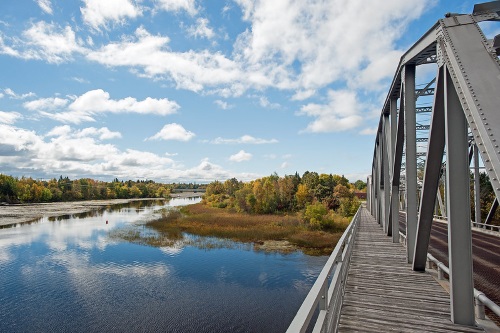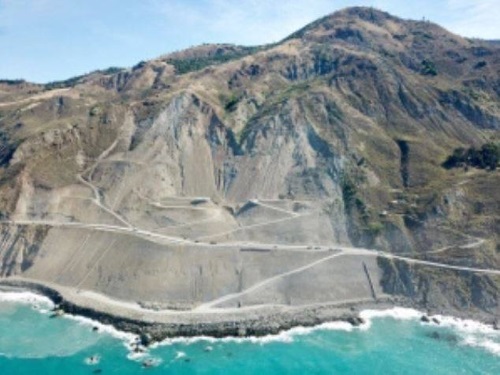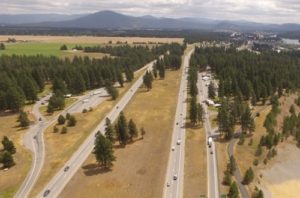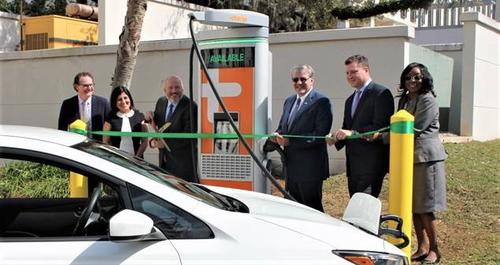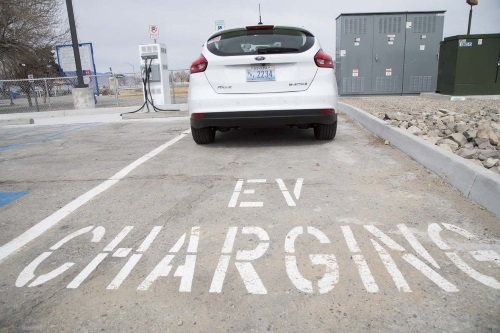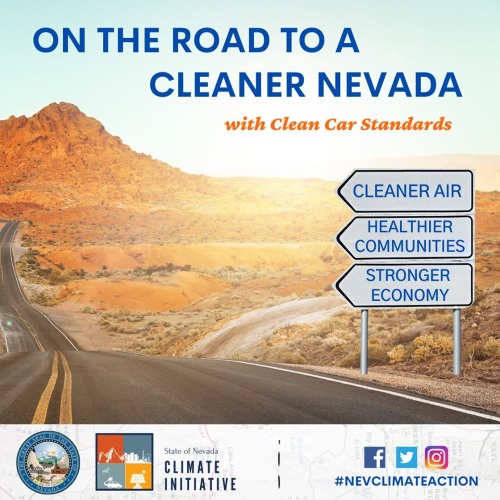The Minnesota Department of Transportation recently released its fourth annual Sustainability Report; a 26-page document based on 2019 data that tracks the agency’s progress towards achieving a number of sustainability and climate goals.
[Above photo courtesy of MnDOT.]
Some of the sustainability achievements cited by the agency include: Reducing energy consumption per square foot by 17 percent between 2008 and 2019; issuing a request for proposal for community solar garden subscriptions that will save the Minnesota DOT more than $1.5 million and account for almost 25 percent of total agency electricity use; increasing the number of electric vehicles within the agency’s fleet from four to 29; exceeding the department’s goal in the 2018-2019 winter season for reducing salt usage.

Photo courtesy of MnDOT.
[Margaret Anderson Kelliher, the Minnesota DOT commissioner and chair of the American Association of State Highway and Transportation Officials Committee on the Environment and Sustainability, recently explained Environmental Technical Assistance Program or ETAP podcast that Minnesota looks for the “triple bottom line” when evaluating sustainability: how sustainability efforts affect the health of people, how it impacts the environment, and how it impacts the economy.]
However, the Minnesota DOT also noted a few setbacks in its report as well. Carbon pollution from transportation, for example, continued to increase between 2018 and 2019 – an uptick attributed to low gas prices, increased freight traffic, people driving more miles, and more purchases of low-fuel efficiency pick-up trucks and sport utility vehicles. In addition, the agency reported higher fuel consumption by agency fleet vehicles in 2019, mostly by its snowplow trucks due to its winter operations needs
“Transportation is the primary source of carbon pollution in Minnesota and the U.S. and MnDOT is committed to address climate impacts and to work with communities throughout the state to develop a sustainable transportation system of the future,” emphasized Tim Sexton, the agency’s assistant commissioner and chief sustainability director, in a statement. The agency added that impacts to the state’s transportation system and its response to recent events in 2020 – including the COVID-19 pandemic and the civil unrest related to the killing of George Floyd in Minneapolis – may be addressed in future iterations of its sustainability report.

